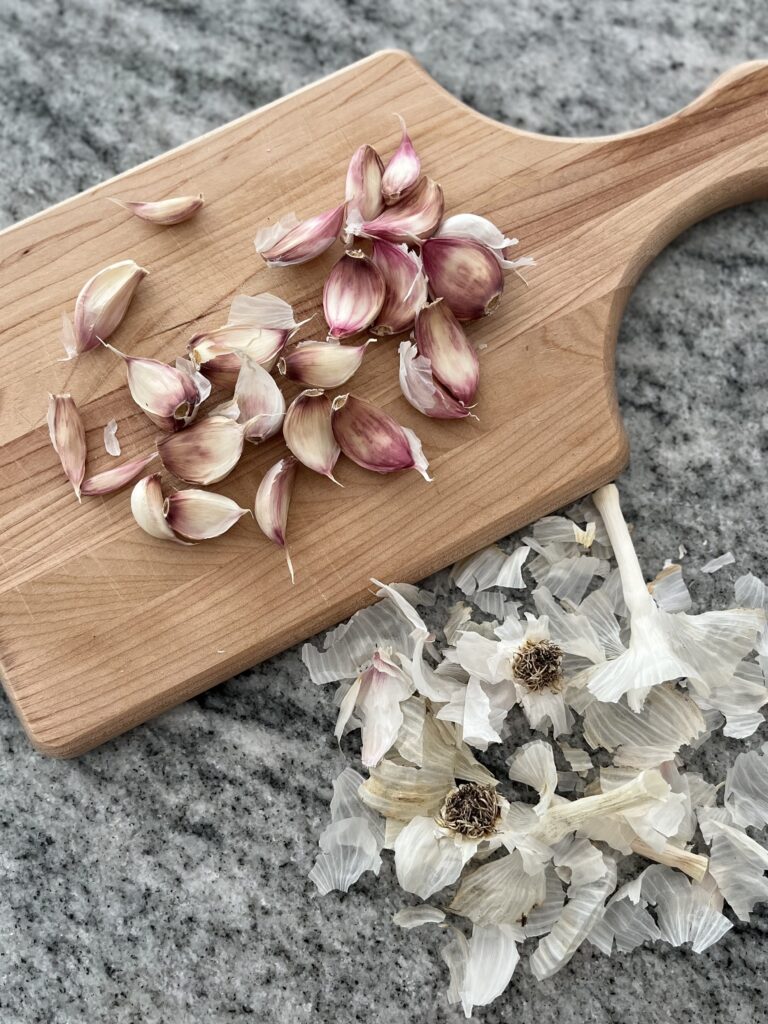Last Updated on April 26, 2024 by Kiersten James
Learn about the different varieties and how to plant lavender in your home garden according to your unique needs and growing zone.

Select & Plant Lavender For Your USDA Growing Zone
It’s important to note that there are numerous types of lavender, and each one has its distinct benefits and advantages that shouldn’t be overlooked when deciding which variety would best suit your needs. You can find out which zone you are in by going to the USDA Plant Hardiness Map.
English Lavender

English Lavender, Lavandula angustifolia, is a variant with several cultivars, such as Munstead, Hidcote, and Jean Davis. Munstead is an old-fashioned standard with blue-purple flowers, Hidcote is a version favored for its dark purple flowers, and Jean Davis is a unique blend that produces pale pink flower spikes. English lavender varieties are recommended in growing zones 5-9, reaching up to 24″ in height and 36″ in width.
Lavandin Lavender

Lavandin Lavender, Lavandula x intermedia, is a hybrid variant that has several cultivars, including Provence, which is popular for drying, and Grosso, for its highly fragrant blooms and disease-resistant characteristics. Lavandin varieties thrive in Mediterranean climates but can also grow in other temperate regions. Hardiness in zones 5 to 9, reaching 24 to 36″ in width and height in optimal growing conditions.
Fringed Lavender

Fringed Lavender, Lavandula dentata, is a bushy, spreading shrub variant that produces fragrant foliage and distinctive toothed or “fringed” leaves, giving it a unique appearance compared to other lavender varieties. Fringed Lavender is typically recommended for zones 8 to 11 and mature height and width of about 24 to 36″.
French Lavender

French Lavender, Lavandula stoechas, is a popular variant of lavender known for its distinctive flowers topped with bracts that resemble rabbit ears or wings. It’s native to the Mediterranean region and is commonly grown for its aromatic foliage and dark purple blooms. French lavender is typically recommended for zones 8 to 10 that reach a mature height and width of about 24 to 36″.
Choose A Location
When choosing a location to plant lavender, it’s important to keep in mind that this plant needs full sun exposure. So, select an area that receives at least 8 hours of sunlight per day.
Lavender is a plant that can grow in most soil types, but it requires a specific pH range, which should be between 6.0 to 8.0. You can get soil pH kits from garden centers or your local nursery.
It’s important to note that lavender needs well-draining soil to prevent root rot. To ensure that the soil does not retain too much moisture, many gardeners prefer to mix sand into the soil where they plant lavender.
All garden situations are different. Whether you garden in rural or suburban settings, your options are probably limitless, but lavender is a plant that thrives in urban environments as well.
Lavender is a hardy plant that can withstand the radiant heat that bounces off of concrete infrastructures, such as driveways, cobblestone borders, gravel, sidewalks, and buildings.

Ideally, lavender should be planted in warm soil in the spring, but the most important thing is to get the plant out of its nursery can and into the ground or container.
How To Plant Lavender: Step By Step
Step 1: To plant lavender, you will need a shovel or a spade for digging. The nursery pot can be used as a visual guide to determine the width and depth of the hole.
Remove the lavender from the can and start digging. Place the soil that you remove into the empty can. Once the can is full, you will have enough space to plant the lavender.

Step 2: Before you plant lavender into the soil, sprinkle a teaspoon of Epsom salt into the hole. The magnesium in the Epsom salt will encourage new root growth and help the lavender to adapt to its new location.
Place the root ball into the hole and be sure that the crown of the plant rests just slightly above the soil line (less than 1/4 inch.) The crown of the plant is the first part of the plant that comes out of the soil.
Older lavender plants will have a more woody structure where as younger plants will still be soft and flexible.
You will want to plant lavender just slightly above the soil line is so that water doesn’t pool toward the crown of the plant, better yet, water runs away, wetting but not drowning the roots.
Step 3: After placing the rootball in the hole, use the excess soil from the nursery can to fill in any gaps. Press down the soil firmly into the hole, ensuring that there are no air pockets. It is important that the roots are covered and not exposed to sunlight.
Step 4: When using mulch to top-dress your garden, it’s important to only cover the area up to the drip line.
The drip line is the widest point of the plant canopy, where rainwater drips down. Think of it like an umbrella. Avoid covering the area beyond the drip line, as excess mulch can cause the lavender to retain too much moisture between waterings.

When To Water Lavender
After you plant lavender, it’s important to know when exactly to water. To identify the right time, here is a simple test that requires no equipment.
Poke your finger into the soil just below the canopy and feel for any moisture. If the soil feels dry, then water directly into the soil. On the other hand, if the soil feels wet from the previous watering, skip that day and check back a day or two later.
Lavender is the Gift That Keeps Giving
No matter which variety of lavender you choose, it truly is the gift that keeps giving.
From natural health remedies to delicate country home decor and culinary needs, lavender is a must-have plant for every home garden.
Pin It For Later!





![Best Commercial Systems for Vertical Hydroponic Farming [2024]](https://naturalhomeapothecary.com/wp-content/uploads/2023/12/Copy-of-_DSF8997-2048x1365.jpg-768x512.webp)

